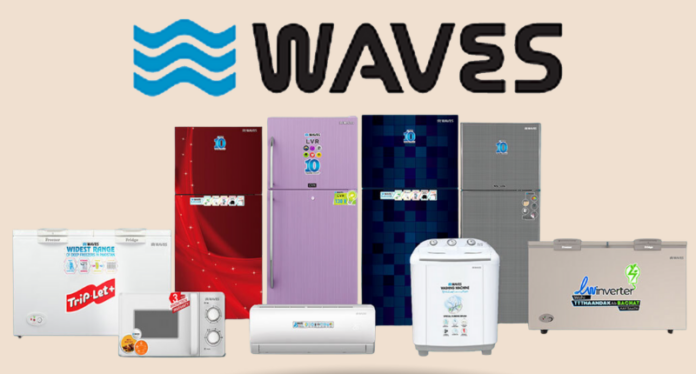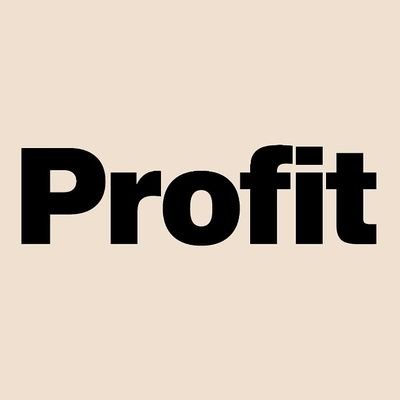Waves Corporation and its key subsidiary Waves Home Appliances say the worst of the down-cycle is behind the sector and are preparing a full re-entry into air conditioners (ACs) – a category they exited during the currency crisis over the past three years – betting that a recovering consumer and a cleaner balance-sheet can restore growth in the core white-goods franchise.
On a consolidated basis, Waves Corporation reported a robust rebound for the first nine months of calendar year 2025, with net sales up by the mid-teens and profits roughly doubling from the prior year. Specifically, 9MCY25 consolidated revenue rose about 15% year-on-year to Rs3.54 billion, while profit after tax increased about 130% to Rs648 million. Gross margin was near 30% for 9MCY25, EBITDA up about 12%, and profit before tax up about 91% year-on-year, reflecting both operating improvement and a large contribution from “other income.”
At the subsidiary level, Waves Home Appliances’ full-year CY24 was still a rebuilding year – sales fell about 24%. But the turning point is visible in CY25’s run-rate: in 3QCY25 alone, revenue rose about 21% year-on-year and profit after tax swung to Rs106 million, lifting the quarterly net margin to 13%. The operating line improved as well, with operating profit up about 17% year-on-year in the quarter. Margin expansion alongside a rising top line signals that pricing, mix and cost discipline are beginning to offset the drag from elevated borrowing costs. The content in this publication is expensive to produce. But unlike other journalistic outfits, business publications have to cover the very organizations that directly give them advertisements. Hence, this large source of revenue, which is the lifeblood of other media houses, is severely compromised on account of Profit’s no-compromise policy when it comes to our reporting. No wonder, Profit has lost multiple ad deals, worth tens of millions of rupees, due to stories that held big businesses to account. Hence, for our work to continue unfettered, it must be supported by discerning readers who know the value of quality business journalism, not just for the economy but for the society as a whole.To read the full article, subscribe and support independent business journalism in Pakistan









